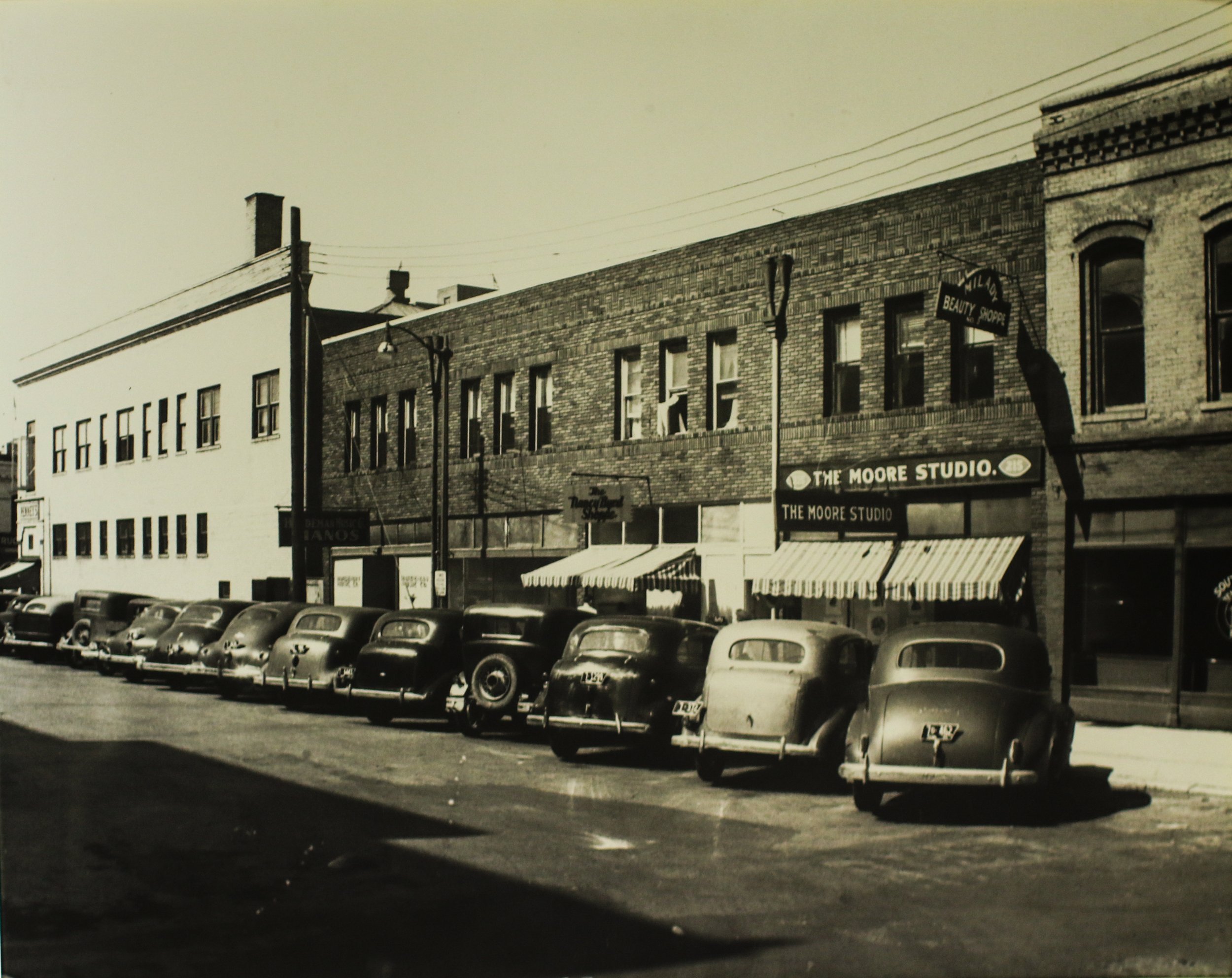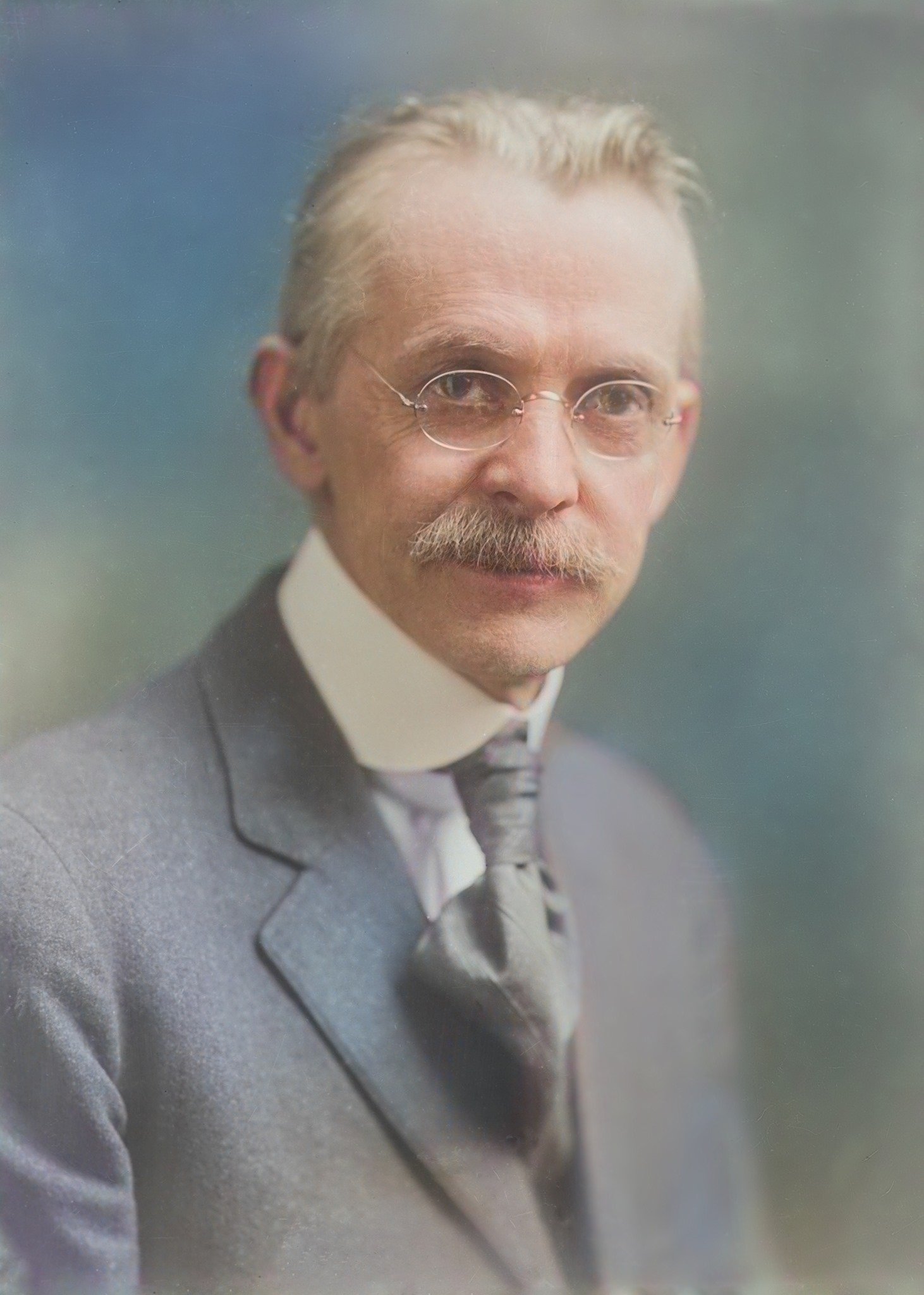Developed Downtown: Mitch Carter and the Moore Studio Heritage
STORY & PHOTOS BY DECEMBER RAIN HANSEN
FEATURED IN VOL 7, ISSUE 2: Legacy
If you've spent any time in downtown Jackson, or had a drink at The Downtown Tavern, you’re probably familiar with Moore Studio — and more importantly, Mr. Carter. I first met Mitch Carter when I had just moved to West Tennessee. I was young and impressionable and Mr. Carter most definitely made an impression on me. He could charm the venom out of a copperhead, entice the stoic to giggle and cut up, and make the most trepidatious about having photos done feel presidential when he was finished making their portrait.
Born to sharecroppers, and the middle child of six, he had to work hard from a young age both in the fields and in the colosseum of sibling birth order, plagued by middle child syndrome.
It was that competitive spirit that led him to the darkroom, by chance.
14-year-old Mitch Carter was ready for a job. Not the jobs on the farm that he was used to, but a job like the one his brother had — at the grocery. Mitch got dressed one morning, at the break of dawn, to catch the milkman. In rural Murfreesboro, that was a person’s only chance to catch a ride into town. When he arrived at the grocer, he was turned down. So he went to another, and again, all the positions were filled. Before he could figure out what to do next, the man brightened up with a suggestion. “My son, he’s a photographer. He needs help in the darkroom. Get in my car and I’ll take you over there right now.” Mitch Carter didn’t quite know what that “the darkroom” meant, or where he was going, but he agreed.
A job is a job by all accounts and he was ready to work. The man and his son led Mitch down to the basement where the darkroom was, and Mitch surveyed the space. “I got down there. It was air conditioned, never been in an air conditioned building in my whole life. Water was running, because in the dark room you had to have it, and Johnny Cash was singing on the radio. Mitch said, “Are you really going to pay me to stay in here?” Mitch would continue working there all through high school, splitting his day between classes and the studio, learning the art of the darkroom, lighting, and portraiture. “Portraits are made,” he insists. “Not taken, not shot.”
Two weeks after he graduated, a deal was constructed between his boss and who would become his new boss and eventual predecessor, Mr. Dooley.
“He said, ‘if you'll hire Mitch Carter, he'll be the best employee you got. I'll pay the difference if he doesn’t deliver.’ So he gave me a chance; he decided to give me a chance. So, I caught a Greyhound bus from Murfreesboro, and came to Jackson. I got off the bus and Mr. Dooley met me, and I stayed in the YMCA building for about two weeks.”
While young Mitch was relieved to see what a big place Jackson, Tennessee was, it was difficult being so far away from home. Yet he persevered, his dad's words echoing in the back of his mind: “He’ll be cryin’ and be right back home.” Had his daddy not said those things and Mitch hadn’t heard them — “He probably
would've been right.” Mr. Carter laughs. “I really think God wanted me to do it.”
Many hot summer afternoons I sat up with Mr. Carter in the lobby of the infamous Moore Studio. He was so proud of what he had built and was eager to instill his hope and knowledge into the new generation of photographers like myself. I remember feeling so restless and frustrated during that time in my life, and Mr. Carter would impress upon me the importance of what we do. We talked about the art of portrait making but, more importantly, life and love: “Why do you think you were born? If you don’t have a legacy where’d you come from? What did you do? We always have the best camera, the best lighting, everything — or we don’t come and do it. That's your obligation that you owe them. What I photograph is important. That’s what legacy is.”
He’d ask me why I photographed each person the way I did, and showed me — much to my chagrin — how I could have done it better. More importantly though, he always encouraged me, and pushed me to become better, not for myself, but for those I served. For Mr. Carter, “It's a blessing, to do what we do, and I am one of the most blessed people on earth.”
Being sought out to document the good times, the sad times, and every event in between is what has fed Mr. Carter's soul over the course of his career: “We’ve always done schools, schools from Kentucky to Mississippi river to river. You get up Monday morning to go and photograph the schools. Then every Friday night photograph a wedding, then two or three weddings on Saturday morning and one on Sunday. So there was never any downtime, never.”
Whether it was photographing the Miss Tennessee pageants for 47 years (all of which you can see displayed at the Civic Center) weddings, anniversaries, senior photos, or someone's last chance to have family portraits done, Moore Studio was there: “When people would call me and say ‘Mr. Carter, my house burned down last night and I had to choose what to save [of my material items], I saved my photographs.’ I know in my heart, my photography matters.”
Moore Studio was founded in 1903 by Robert A. Moore. Mr. Carter is the third in the line of historical owners and started his career here in 1959 with Mr. Dooley. In 2021, Mr. Carter is still a presence and familiar fixture at the studio, working hard to preserve the history of downtown Jackson and share that richness with its residents. It is currently owned by Jason Hartig, who is diligently carrying the torch on and providing portraits that breathe new life into the colorful legacy of the studio.
One of my favorite things to do all those years ago, when I would spend time with Mr. Carter in between clients, was to go upstairs to the archive room and let him show me filing cabinets full of glass negatives, huge printed canvases, and albums spanning the entire history of the studio. When I went up there again (for the first time in many years) this past July, I sensed some worry from Mr. Carter. Worry that this history will be forgotten or lost. When we got up there, certain images were already laid out and ready, ones I personally had never seen before. The NED was going through them for an exhibition.
The Jackson Photo Club is sponsoring the show, honoring Mr. Carter for his 50+ years of service to the community. It is a specially curated collection including celebrities, musicians, politicians, judges, attorneys and brides from the 50s and 60s. As I pour over the sepia-toned faces, I am overcome with a sense of sonder, “the realization that each random passerby is living a life as vivid and complex as your own.” Suddenly, the weight of the Moore Studio Legacy is palpable. I am not worried, though. When I think of the scale of the impact Mr. Carter and the Moore Studio has made on me personally, I think of all the others who also feel the importance within their own hearts as well.
Beyond the physical heritage of a capsule studio and a photographic portfolio spanning 117 years, the legacy of warmth and joy that is Mitch Carter will live on as long as there is a Downtown Jackson, Tennessee.
DECEMBER RAIN HANSEN was born and raised in Anchorage, Alaska but has made West Tennessee her home for the last 8 years. She is a photographer and writer who looks for ways to push her own boundaries within her work and seeks to question the world around her.
















